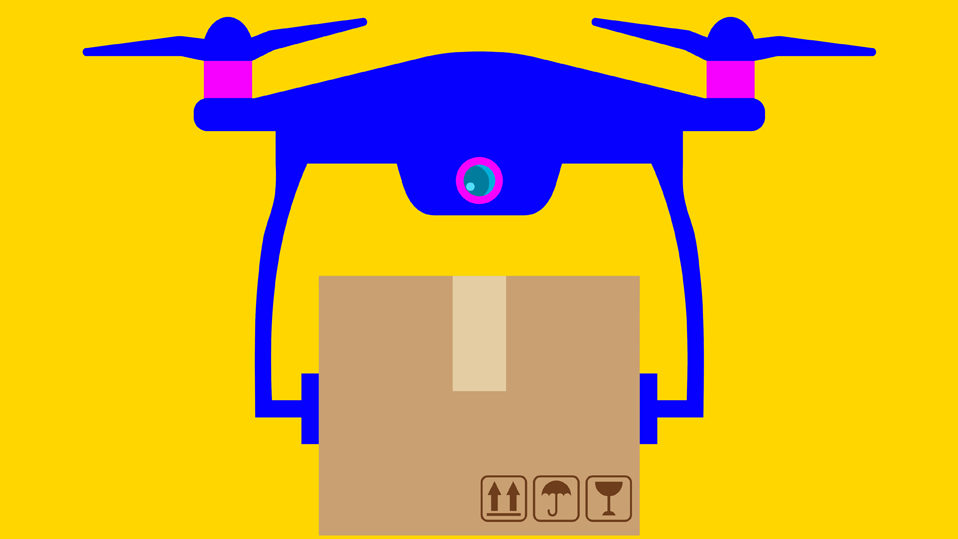
Fulfillment Strategy with Distribution and Innovation
Technology and Innovation are crucial for growth and market leadership. Specifically regarding e-commerce, CSC studies the Industry and business requirements priorities extensively. One major component regarding this is the logistics and optimized processes. Considerably, Distribution and Innovation combine Verticals that require deep understanding for business success. As we know, the e-commerce industry has grown exponentially. Correspondingly, it is estimated to surpass the trillion dollar mark by 2023. E-commerce businesses have unique rules and regulations to follow. Consequently, Distribution and Innovation needs to be prioritized for compliance, efficiency and customer delight.
Indeed, supply chain vulnerabilities surge both at wholesale and retail level. For instance, these vulnerabilities are forcing merchants to permanently change their Business Architecture and or their fulfillment strategies. Furthermore, considerations of disruptive changes or expansion into Meta services are needed. Meanwhile, customers are demanding more transparency and eco-friendly business models. From Sustainability, packaging to shelf life and waste management, various business requirements are defining the next era of Distribution and Innovation.
Distribution and Innovation – Customer Experience (CX)
Whether it’s an e-comm solution as Squarespace, Shopify, WooCommerce (WordPress) – or the likes – we scope and integrate the ideal solution. Furthermore, CSC can focus on newer automation (and providers) that make sense for the business in the moment. To illustrate, we can identify solutions in the Foodservice Industry that streamline resources efficiently, while enhancing Customer Experience (CX). For example, a solution that promises grocers with larger stores the ability to embed automation within the store. Indeed, order fillers pushing oversized carts up and down aisles can alienate in-store shoppers. Consequently, turning their back rooms into automated fulfillment centers may well be an excellent solution. Yes, it is capable of manage growing order volumes faster and at lower cost.
Nevertheless, it is important to understand and value the conversion and CX. Certainly, a business may fulfill shoppers worldwide through an end-to-end tailored localized shopping experience. On the other hand, some platforms with little or no up-front investment may suffice. Similarly, various advantages are met – risk-free expansion, simple implementation, end-to-end operations and more. Whether the novelty and technology is used through a strong third-party for Distribution or a Meta user experience, it is all about the customer.
Innovation at an Omnichannel Shopping Level
Clearly, to digitize a physical business is about restructuring for strategic growth. However, the other way around can be just as smart. Furthermore, business expansion may well be going from retail to wholesale and viceversa. Regardless of the Vertical, B2B and B2C influenced each-other’s direction. After all, B2B commerce has been reshaped by B2C’s quick and efficient buying journeys. For example, buyers prefer to self-serve, but B2B’s nuances and complexities can be tricky. Certainly, creating consistently high-quality buying experiences, across all touch-points, is critical for digital business leaders. Ultimately, CSC helps a B2B commerce business navigate a shift to a more digital-priority, where and when needed. Or, it can focus on a truly dynamic buying journey. And when the time is right, structure an omnichannel digital strategy and presence that serves customers where they are and when they’re in need.